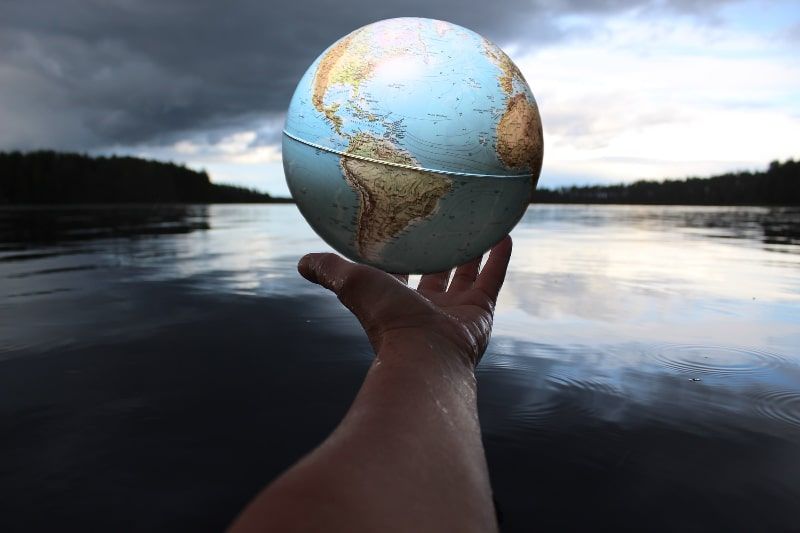The next decade against environmental deterioration will be crucial
Alteration is occurring rapidly and its speed may be greater than other extinction events that the Earth has suffered. There are more than one million species in danger of disappearing.





